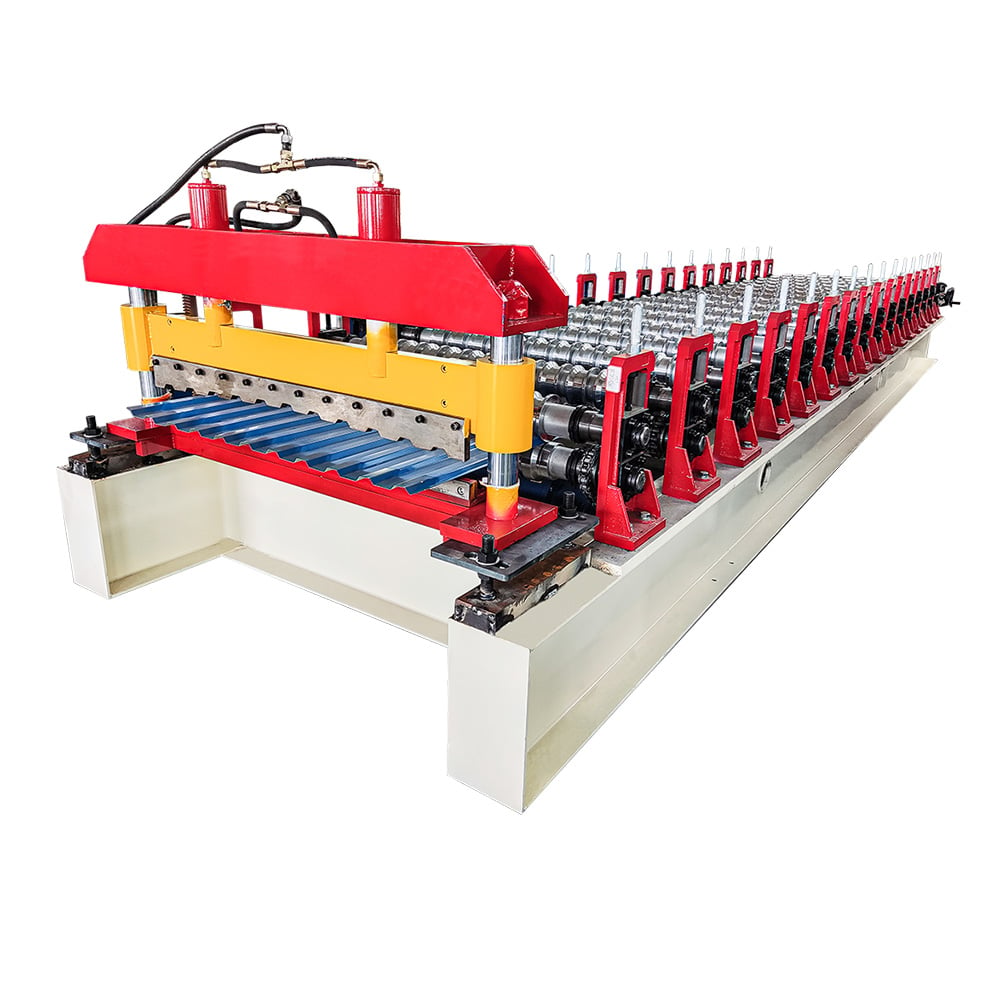Introduction
Roll forming is a manufacturing process that is extensively used to produce metallic profiles with a consistent cross-sectional shape. A roll forming machine is used in this process, which is made up of several sets of rollers that progressively bend the metal as it moves through the machine. In this article, we will discuss
How to design a roll forming machine?, covering ten essential aspects of the process.
1. Determine Your Requirements
Before designing a roll forming machine, make sure you determine your specific requirements. Consider factors like the maximum width and thickness of the material you will be using, the kind of profile you intend to form, and the production rate you require.
2. Sketch Your Profile
The next step in designing a roll forming machine is to sketch the profile you want to form. Decide on the shape and size of the profile, and take accurate measurements of the various angles and dimensions.
3. Design the Roll Tools
The roll tools are the heart of the roll forming machine. Design the roll tools carefully, considering the material being formed, its thickness, and the profile that needs to be formed. The roll tools determine how precisely the final product will conform to the design.
4. Calculate the Number of Stations
The number of stations in a roll forming machine is determined by the complexity of the profile being formed. Every station performs a specific operation, such as bending or cutting, on the material. Calculate the number of stations you will need to form your profile correctly.
5. Decide on the Drive System
The drive system of the roll forming machine will determine its speed and accuracy. The primary types of drive systems used in roll forming machines are gear-driven and servo-driven. Choose the type of drive system that will best suit your needs.
6. Determine the Material Handling System
The material handling system will feed the material into the roll forming machine. There are different types of material handling systems available, including mechanical, pneumatic, and hydraulic. Choose the material handling system that will work best with your roll forming machine design.
7. Consider the Safety Features
Design your roll forming machine with safety features in mind. Provide guards to protect workers from moving parts, and include emergency stop buttons that can shut down the machine instantly in case of any mishap.
8. Design the Electrical System
The electrical system controls the functions of the roll forming machine. Design the electrical system carefully, considering factors like the type of control panel, the number of motors and sensors, and the associated wiring.
9. Choose the Right Materials
The materials used in the design of the roll forming machine will determine its performance and durability. Use high-quality materials that can withstand the stresses and strains of the manufacturing process, such as hardened steel for the rolls and heavy-duty motors for the drive system.
10. Test and Fine-Tune
Once you have designed your roll forming machine, test it thoroughly to ensure that it is operating correctly. Fine-tune the machine as necessary to correct any issues or errors that may have crept up during the testing phase.
roll forming machine, design, requirements, roll tools, stations, drive system, material handling system, safety features, electrical system, materials, testing
How to design a roll forming machine? A Comprehensive Guide
The article provides ten essential tips on how to design a roll forming machine, including choosing the right materials and designing the electrical system.
- How to design a roll forming machine step by step?
- Designing a roll forming machine: Tips and tricks
- Factors to consider while designing a roll forming machine
- The Ultimate guide to designing a roll forming machine
- Things you need to know before designing a roll forming machine
Quote Inquiry
Contact us!

